This article was medically reviewed by Luba Lee, FNP-BC, MS. Luba Lee, FNP-BC is a Board-Certified Family Nurse Practitioner (FNP) and educator in Tennessee with over a decade of clinical experience. Luba has certifications in Pediatric Advanced Life Support (PALS), Emergency Medicine, Advanced Cardiac Life Support (ACLS), Team Building, and Critical Care Nursing. She received her Master of Science in Nursing (MSN) from the University of Tennessee in 2006.
This article has been viewed 64,283 times.
When properly treated, infected cuts typically heal without any problems. Minor infections, indicated by redness and swelling, can often be cleaned and treated at home. Clean your cut with soap and water, apply an antiseptic or antibacterial solution, and cover it with a clean bandage. See a doctor if you have symptoms of a more serious infection, such as pus, increasing pain, or swelling. Ask your doctor if they recommend antibiotics, and take any medications according to their instructions.
Steps
Keeping the Cut Clean
-
1Wash your hands before and after treating the cut. Wash up with soap and hot water for at least 20 seconds before touching your cut to avoid contaminating it further. Since it’s easy to spread germs that cause infection, wash your hands again after touching the cut.[1]
- Avoid touching the cut unless you’re cleaning it or changing the bandage. Scratching or playing with it can spread germs and worsen the infection.
-
2Clean the infected cut. Wash the cut thoroughly, using gentle soap and warm water. This will rinse away bacteria and other infectious microbes. After washing the cut, rinse it with warm water for about 5 minutes, then gently blot it dry with a clean towel.
- Do not clean or rinse the cut with iodine, rubbing alcohol, or hydrogen peroxide, as these can irritate the injured tissue and slow down the healing process.
Advertisement -
3Apply an antiseptic or antibacterial solution. Use a clean gauze pad, cotton swab, or paper towel to wipe the cut with an antibacterial ointment. Throw the pad or swab away after it touches your cut. Don’t add more ointment to the swab or set it down on a countertop.[2]
- Apply antibacterial ointment 3 times a day or whenever you change the dressing.
-
4Cover the cut with a sterile bandage. Dress the cut with an adhesive bandage or gauze to keep out dirt and prevent spreading the infection. Change the dressing at least 3 times a day, or whenever it gets wet or soiled.[3]
- Don’t let the sticky part of an adhesive bandage touch the cut. Additionally, avoid touching the part of the bandage that comes into contact with your cut.
Recognizing Serious Symptoms
-
1See a doctor promptly if the cut was due to a bite or rusty object. Seek medical attention as soon as possible after getting bitten or cutting yourself on something dirty. Human or animal bites are more likely to cause a serious infection than other types of cuts. Cuts or punctures from rusty, dirty objects can lead to a tetanus infection or other serious illness.[4]
-
2Consult your doctor if you have a condition that interferes with healing. A medical professional should examine an infected cut if you have diabetes, an immune disorder, cancer, kidney, liver or lung conditions, or any other medical conditions that interfere with proper healing. There could be serious complications due to the underlying condition.[5]
- If you just have a minor paper cut that’s healing well, you probably don’t need medical attention. However, a deeper cut that’s red, swollen, and isn’t healing is a cause for concern.
-
3Call your doctor if pain or tenderness worsen after 1 to 2 days. Within a couple of days, signs of infection should go away and your cut should start to heal. If it doesn’t get better, or if it becomes more painful, has an odor, or develops drainage or discharge, schedule an appointment or visit a health clinic.[6]
-
4Have a doctor examine pus, cloudy discharge, or an abscess. An abscess is a pus-filled lesion that looks like a red, warm lump. It’s usually painful to touch and feels like it’s filled with liquid. Your doctor should take a culture for pus or discharge, and might have to drain an abscess.[7]
- Never try to drain an abscess on your own.
-
5Seek emergency care if you have severe symptoms. Severe symptoms could indicate tissue damage, or that the infection has spread to other parts of your body. While uncommon, a serious infection from a cut can be life-threatening. See a doctor immediately or go to the emergency room if you experience:[8]
- Fever
- Severe pain at the wound site
- Numbness or loss of sensation around the wound
- Peeling or discolored skin around the wound
Seeking Medical Treatment
-
1Tell your doctor where you got the cut when they examine you. If you have serious symptoms and need to see a doctor, they’ll start by performing a physical exam. Let them know how and when you got cut, when your symptoms appeared or started worsening, and any antibiotics or other medications you’ve recently taken.[9]
- This information will help your doctor determine the best course of treatment.
-
2Get a skin culture. Your doctor will most likely take a sample of any pus or discharge, cut a small tissue sample, or wipe the infected cut with a swab. They’ll then have the sample tested for specific germs. The results will let them know whether you need antibiotics and, if necessary, which type to prescribe.[10]
- If you have an abscess, they’ll likely drain it and take a culture of the pus it contains.
-
3Take antibiotics and other medications as directed. If your doctor prescribes antibiotics, take your medication according to their instructions. Don’t stop taking it even if your cut heals.[11]
- If you stop taking an antibiotic prematurely, the infection might come back and get worse.
- Your doctor might also recommend taking an over-the-counter drug for pain or fever, such as Tylenol or ibuprofen.[12]
-
4Discuss hospitalization for severe infections. In rare cases, a skin infection can lead to sepsis or other life-threatening conditions. If necessary, your doctor will have you admitted to a hospital for specialist care, which might include intravenous (IV) medications or surgery to remove infected tissue.[13]
References
- ↑ https://www.fda.gov/ForConsumers/ConsumerUpdates/ucm048837.htm
- ↑ https://www.ncbi.nlm.nih.gov/pmc/articles/PMC1432149/#!po=91.6667
- ↑ https://www.marshfieldclinic.org/sports-wrap/identifying-infected-wounds
- ↑ https://medlineplus.gov/ency/article/000043.htm
- ↑ https://academic.oup.com/jac/article/52/suppl_1/i3/2473489
- ↑ http://www.stlouischildrens.org/articles/kidcare/wound-infection
- ↑ http://www.stlouischildrens.org/articles/kidcare/wound-infection
- ↑ https://www.ncbi.nlm.nih.gov/pmc/articles/PMC1432149/#!po=91.6667
- ↑ https://academic.oup.com/jac/article/52/suppl_1/i3/2473489




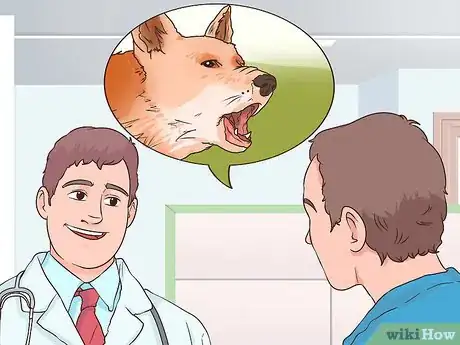



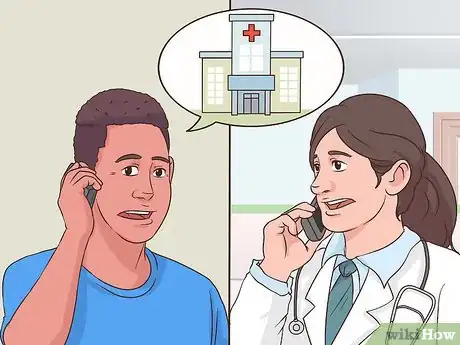
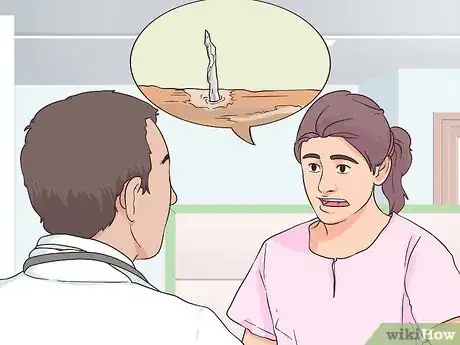


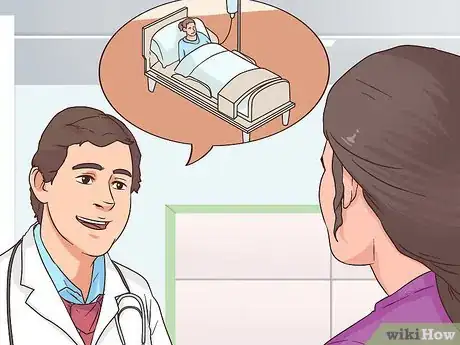
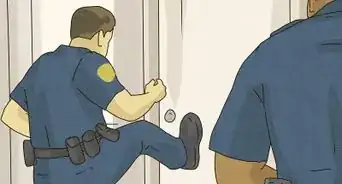


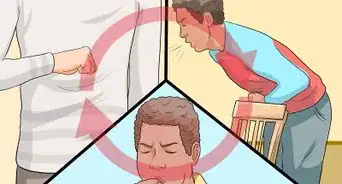
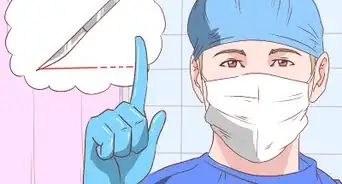



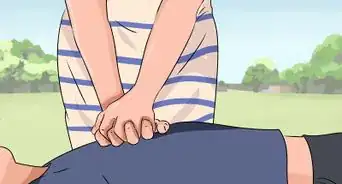
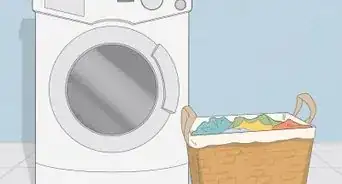









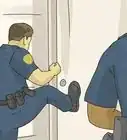

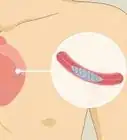





































Medical Disclaimer
The content of this article is not intended to be a substitute for professional medical advice, examination, diagnosis, or treatment. You should always contact your doctor or other qualified healthcare professional before starting, changing, or stopping any kind of health treatment.
Read More...